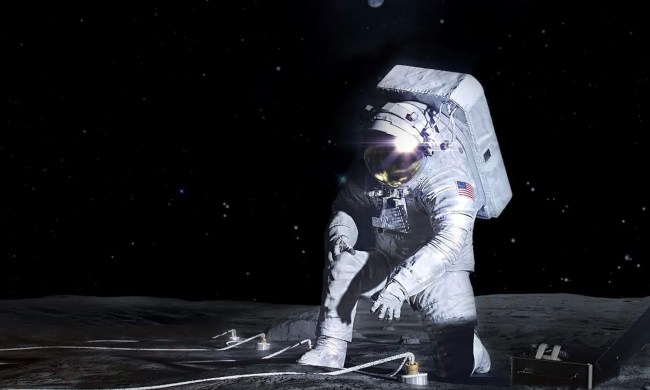SpaceX and NASA have called off Thursday’s planned launch of the Europa Clipper mission due to Hurricane Milton, which is heading east toward Florida, home of the Kennedy Space Center.
“Once the storm passes, recovery teams will assess the safety of the spaceport and the launch processing facilities for damage before personnel return to work,” NASA said in a post on social media on Sunday, adding in another message: “Teams have secured the spacecraft in SpaceX’s hangar at NASA Kennedy.”
Teams have secured the spacecraft in SpaceX’s hangar at @NASAKennedy. The next launch opportunity will be determined once the storm passes. More: https://t.co/2iZPSR5lpI https://t.co/7FQhkQspKG
— NASA Europa Clipper (@EuropaClipper) October 6, 2024
The spaceflight company has a launch window with daily opportunities until October 30, though the rocket will hopefully be able to take off next weekend or early next week rather than toward the end of the month.
The Europa Clipper mission will head toward Jupiter to study the icy world of the Europa moon after arriving there in 2030. Scientists hope that data gathered during the mission will help determine whether its subsurface ocean could support some form of life.
A triple-booster Falcon Heavy rocket, on only its 11th flight, will launch the mission from the Kennedy Space Center in Florida. Multiple cameras on the ground and on the rocket itself will offer dramatic views of the Falcon Heavy’s ascent. The Falcon Heavy uses three Falcon 9 rockets with a total of 27 Merlin engines that generate more than 5 million pounds of thrust at liftoff, equal to around eighteen 747 aircraft. The Heavy is one of the world’s most powerful operational rockets and can lift nearly 64 metric tons (141,000 pounds) to orbit.
SpaceX is also developing an even more powerful rocket, the Starship, which is capable of a colossal 17 million pounds of thrust at launch. SpaceX is currently awaiting for permission from the Federal Aviation Administration to carry out the fifth test flight of the rocket, with late November currently looking like a possibility for launch.



